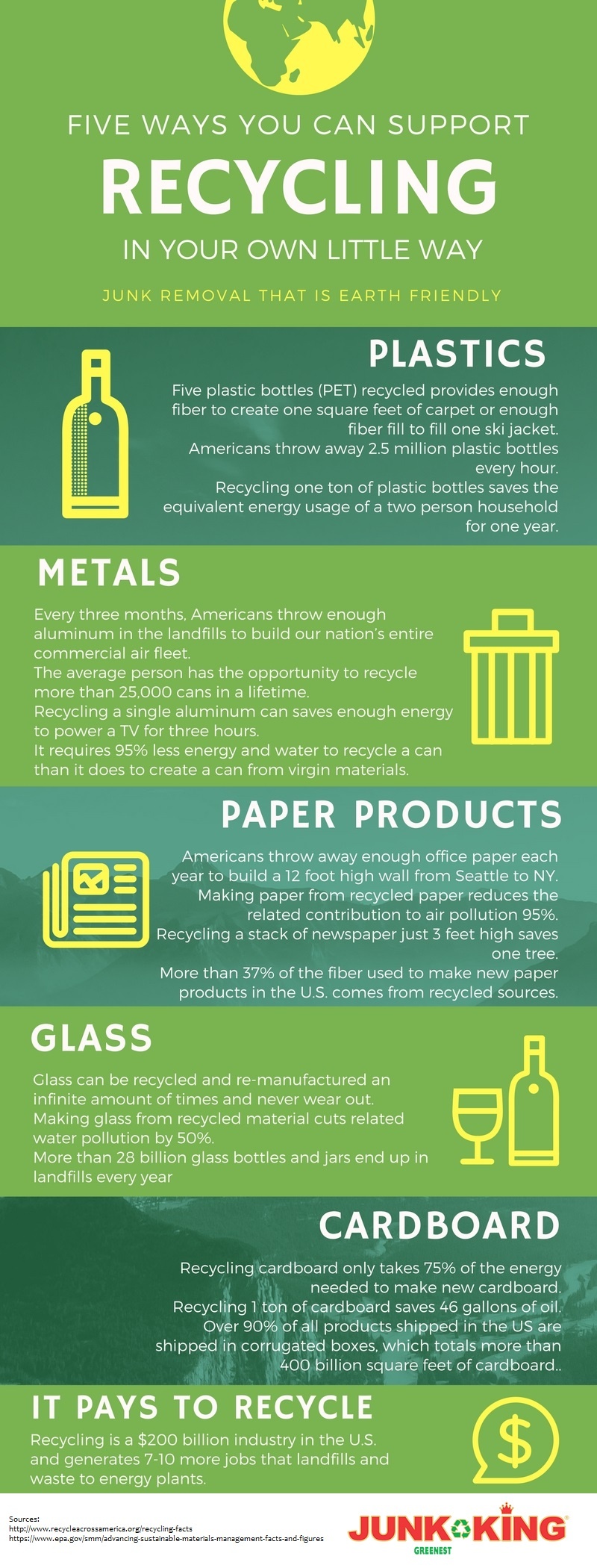Picking The Suitable Dumpster Dimension For Your Project: A Thorough Guide
Picking The Suitable Dumpster Dimension For Your Project: A Thorough Guide
Blog Article
Article Written By-Matthiesen Rodgers
When embarking on a job that needs a dumpster, the size you select can considerably impact its effectiveness and cost-effectiveness. Imagine having the ideal container that fits all your waste without being exceedingly large or too small. It all starts with recognizing the subtleties of your project and picking a dumpster dimension that aligns with your details needs. So, prior to you choose, consider the factors at play to make certain a smooth waste management procedure from beginning to end.
Factors to Consider
When choosing the ideal dumpster dimension, there are numerous essential variables to take into consideration.
Initially, think about the sort of waste you'll be dealing with. Different materials may require varying amounts of area, so recognizing what you'll be putting in the dumpster is vital.
Next, analyze the amount of waste you anticipate to generate. If you take too lightly the quantity, you may need to make multiple trips to take care of whatever, which can be inconvenient and expensive. On the other hand, leasing a dumpster that's also big can bring about unneeded expenses.
Furthermore, think about the room where the dumpster will be put. Guarantee there's enough area for the dumpster to be delivered and grabbed with no blockages.
Last but not least, think about any kind of weight limitations that may use. Going beyond the weight restriction can lead to additional charges or perhaps the rejection of service.
Dumpster Dimension Alternatives
For choosing the ideal dumpster dimension, it's important to have a good understanding of the available alternatives. Dumpster sizes generally range from 10 to 40 cubic backyards, with variations in between.
A 10-yard dumpster is suitable for little projects like a garage cleanout or a small remodelling. If you're dealing with a medium-sized job such as a kitchen area remodel or a basement cleanout, a 20-yard dumpster might be the ideal option.
For larger jobs like a whole-house improvement or industrial construction, a 30 or 40-yard dumpster could be more suitable to suit the quantity of waste produced.
When selecting a dumpster size, take into consideration the amount and type of debris you anticipate to throw away. It's much better to select a slightly larger size if you're not sure to prevent overfilling. Remember, https://communityimpact.com/houston/the-woodlands/business/2022/05/12/the-junkluggers-of-nw-houston-and-the-woodlands-gives-back-through-sustainable-efforts/ 's more cost-efficient to rent a dumpster that fits your demands rather than having to buy an additional one.
Matching Size to Project
Efficiently matching the dumpster dimension to your job is vital for reliable waste monitoring. To establish the best dimension, take into consideration the extent and nature of your project.
For tiny home cleanouts or remodellings, a 10-yard dumpster might be sufficient. These are commonly 12 feet long and can hold about 4 pickup truck lots of waste.
For bigger projects like remodeling several areas or removing a large estate, a 20-yard dumpster might be preferable. These are around 22 feet long and can hold roughly 8 pickup truck loads.
If you're dealing with a major building project or industrial improvement, a 30-yard dumpster could be the very best fit. These dumpsters have to do with 22 feet long and can suit regarding 12 pickup tons of particles.
Matching the dumpster size to your job guarantees you have sufficient space for all waste products without overpaying for extra ability.
Final thought
Finally, choosing the best dumpster size for your project is essential for reliable garbage disposal. By considering factors like the kind and quantity of waste, area schedule, weight restrictions, and spending plan restraints, you can guarantee you have the suitable size dumpster for your requirements. Make go now to match the size of the dumpster to the scope and nature of your project to prevent overspending on unneeded costs.
